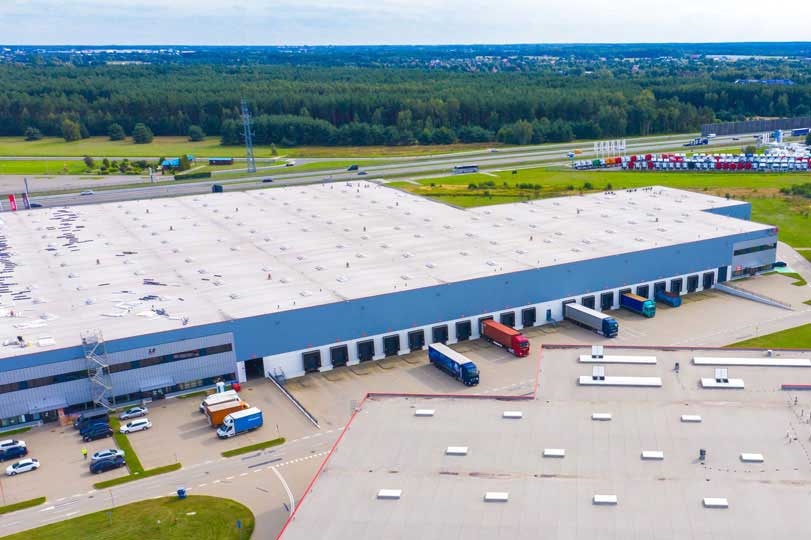3 Ways to Scale Your Logistics Operations in 2024.
 Page views: 610 times
Page views: 610 times
Whether you are a shipper or logistics service provider (LSP) we’ve all felt the cost pressures from rising prices of fuel, assets and labor. However, that has not stopped the top-down pressure to achieve the targeted 3% year-on-year (YoY) savings.
To arrive at significant savings in this inflationary market, putting pressure on suppliers to reduce is counterintuitive, you are lucky if there isn’t a 3% increase based on current consumer price index (CPI).
The only way to achieve double-digit percentage point savings is to change the way things are being done. Many companies continue to hold on to legacy processes and are not tapping on the offerings of enterprise SaaS at competitive fees.
- Connectivity
Many shippers continue to use manual communication methods with their LSPs. Not only is it time consuming, the multi-party nature of logistics results in miscommunication and the unstructured data causes misinformation.
By creating a 2-way system integration with your LSPs, it facilitates the immediate information flow to the right parties. It also closes the loop on your ERP by providing delivery status and accrual information, speeding up the accounts receivable (AR) and accounts payable (AP) process.
It frees up precious time and labor resources from mundane tasks to focus on more meaningful strategic tasks bringing up your operational scalability.
- Automation
Many shippers continue to manually plan their transport orders via excel and are highly dependent on the transport planners’ knowledge of her/his city’s layout, customers’ receiving requirements and load optimization.
Transport orders and shipment status are also manually communicated via excel, emails, chat apps, phone calls and there’s lots of back and forth between parties.
Freight bills must be manually rated individually and consolidated before being sent out for billing.
Many of these processes can now be automated. Parameters of every transport order and the availability of trucks can be set to optimize transport planning for both LTL and FTL. Transport orders can be automatically allocated to the awarded LSP immediately with complete transport order information. Upon ePOD (electronic Proof of Delivery) of every shipment, freight can be automatically rated, consolidated and automatically sent on specific billing cycle dates.
Automation of predictable workflow frees up time for more intelligent tasks and allows you to focus on exception handling as well as strategic projects that can have a bigger and lasting impact on your business.
- Optimization
Logistics optimization is about finding that sweet spot between service and cost. There are two types of optimizations operational and strategic. Operational optimization can be created easily through 2-way multi-system connectivity and automation of certain mundane tasks as illustrated in point 1) and 2).
Strategic optimization requires a large set of data over time to provide actionable insights. Collecting actual data on your distribution operations allows you to:
- Better manage your carriers and work with carriers that are both cost, service and touchpoints optimized.
- Optimize your network by selecting the right number of hubs and carriers in the right geography.
In a low growth environment, those who can better manage their bottom line will be able to remain competitive and relevant.









